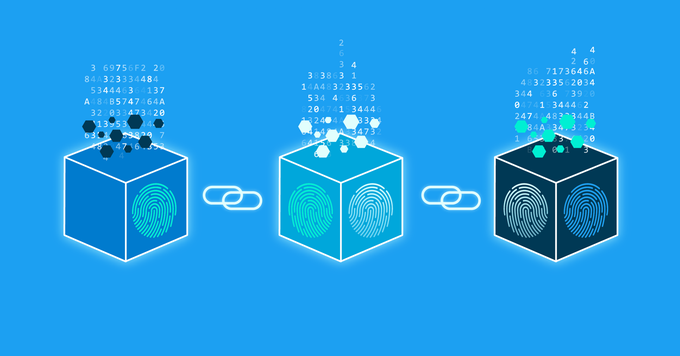How can blockchains be structured?
Blockchains can be configured to work in a number of ways that use different mechanisms to achieve consensus on transactions and, in particular, to define known participants in the chain and exclude everyone else. The largest example of blockchain in use, Bitcoin, employs an anonymous public ledger in which anyone can participate. For more private uses of blockchain among a smaller number of known actors, many organizations are deploying permissioned blockchains to control who participates in transaction activity.

Blockchain is appealing to various diverse bodies electorate for an assortment of reasons, including the accompanying:
The absence of a prerequisite for a focal expert makes it a perfect record and settlement answer for joint endeavors and member connections that are commonly made on an equivalent or 50/50 balance without an arrangement for a judge or director. Without a doubt, having the PCs confirm exchanges and settle them kills the requirement for clearinghouses and other settlement specialists, giving disintermediation in a business course of action and for the most part lessening expenses while enhancing the speed at which exchanges can be made, checked, settled, and recorded.

The advanced marks and confirmations make it hard to imagine a situation wherein an awful performing artist could cause extortion and acquaint issues that are expensive with expel and resolve. The cryptographic trustworthiness of the entire pending exchange, just as examination by different hubs of the blockchain engineering, secure against dangers and noxious utilization of the innovation. (Note that this security insurance has generally been untested in the commercial center and, while solid on a hypothetical premise, questions stay about how well the assurances will hold up in the truth of the computerized economy we live in today.)
The idea of blockchain works truly well at following how resources travel through an inventory network, through specific sellers and processing plants to transmission and transportation lines and into their last areas.